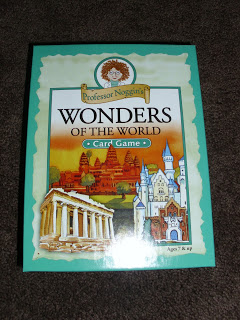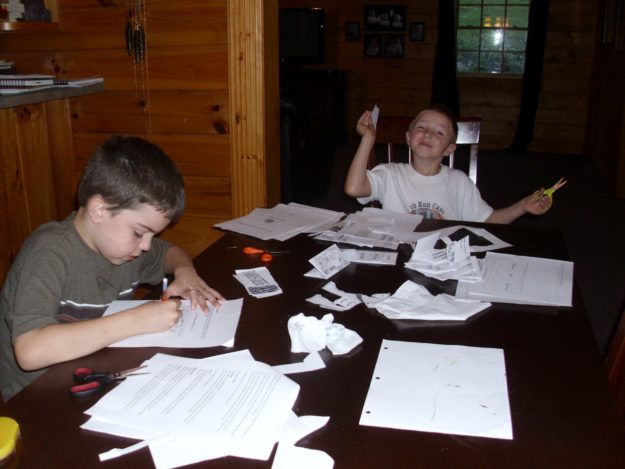
This week we had a lapbook factory underway as the boys put together an Ancient Greece Lapbook using Homeschoolshare’s Free Ancient Greece Lapbook along with Tina’s Dynamic Homeschool’s Greece Lapbook Pieces. This dove deeper into details about the 7 Wonders of the Ancient World, Famous Greeks, the Trojan Horse, Homer & The Odyssey and Illiad, Alexander the Great, and the Olympics. Stephen has been quite fascinated with Alexander the Great, so I imagine we will come back to this and study more about his conquests over our winter break.
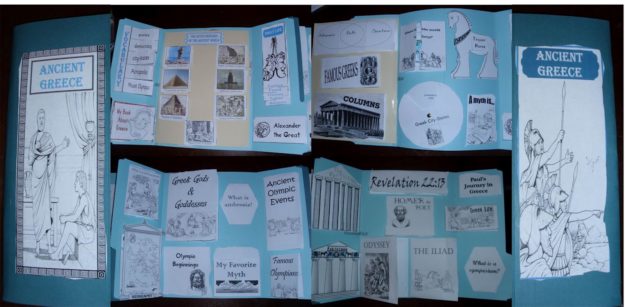
David and I played memory with 7 Wonders of the Ancient World Cards. He also made up some sort of “Uno” type game with these cards but kept changing the rules… That boy loves Uno and can make ANYTHING into an Uno game (as long as he can make up the rules… and change them whenever he feels like it…)
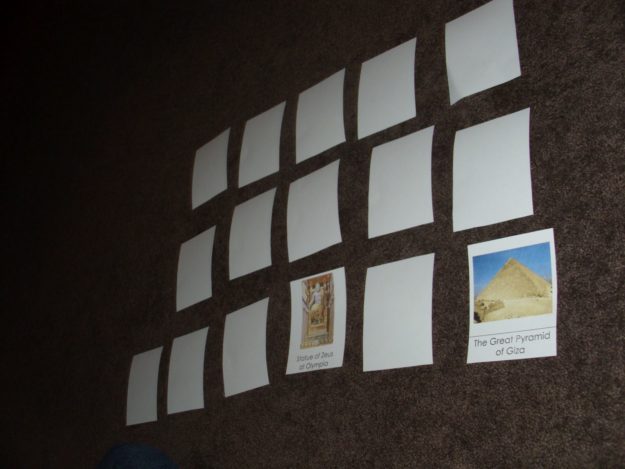
We played read through our Professor Noggin’s Wonders of the World Game. (This extends way beyond the Seven Wonders of the Ancient World.)
For those who have more time to explore, here is an Ancient Greece: Everyday Life book from The British Museum. Or… build some paper models of the 7 Wonders… (There are a few other ideas on our History & Geography page.)
For science we’ve been working through Mr. Q’s Free Classic Elementary Life Science Curriculum… The following are activities from Unit 4 on Classifications of Living Things (Click here for Parent Edition containing experiments/activities; Click here for student edition containing the student reading, which is really quite entertaining).
We investigated how water causes flower petals to open…
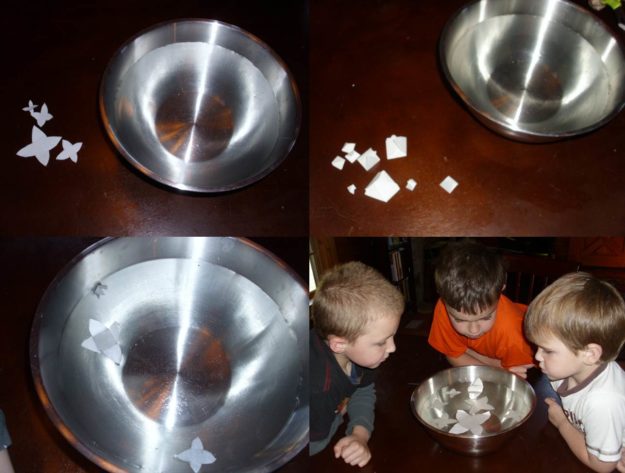
If you add some food coloring along the folds using a q-tip before placing it in the water, you can see how the water is carried through the “petals.”
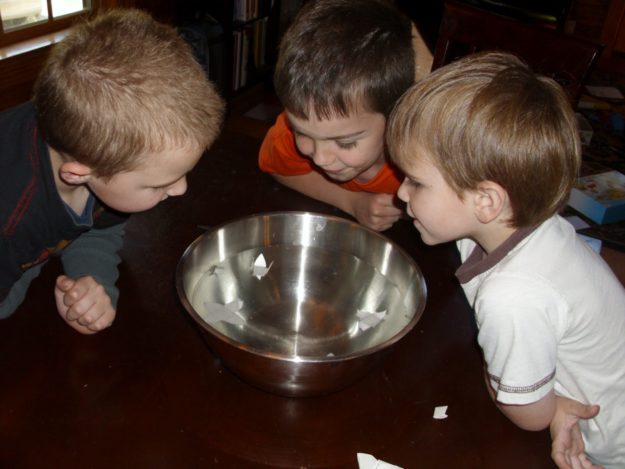
We looked at how vascular plants transport water through their stems.
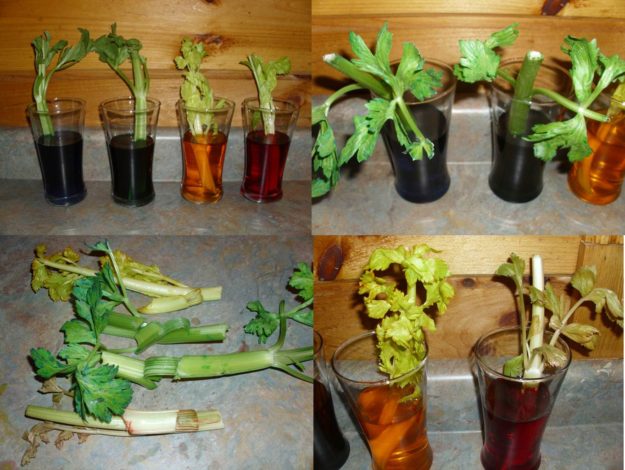
By breaking and peeling back the stem, we saw the veins that were carrying the liquid to the leaves.
We also wanted to see how the individual veins in one celery stalk would transport water. We split one celery stalk and put one side in blue water and the other in red water. When we broke the stems apart, we actually had some of the veins popping out of the plant. (An aside: Would you believe that my Essentials-laden son was looking over my shoulder just now pointing out the fact that I started more than one sentence here the same way! I’m having a funny feeling right now – a cross between exasperation… and elation!)
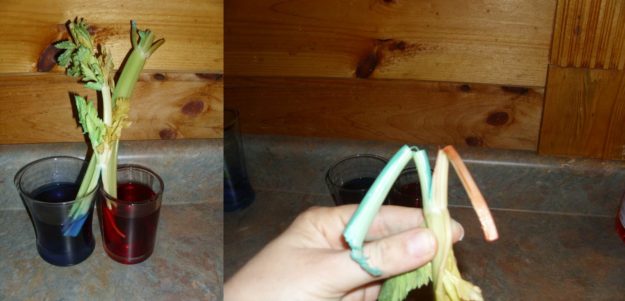
We’ve been trying desperately to grow gunk, but it’s not working thus far. Why is it that when I want to grow gunk, I can’t? Guess we will just have to do it the natural way: leave some leftovers in the fridge for a while… (But maybe our experiments will work – I am being totally impatient about it! I don’t think it’s asking too much to expect to see it growing right before my very eyes….)
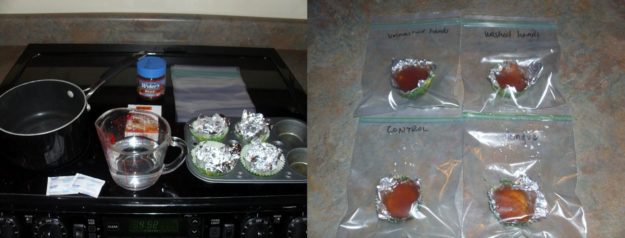
Pictured above: Growing Gunk – Bacteria, a work in progress
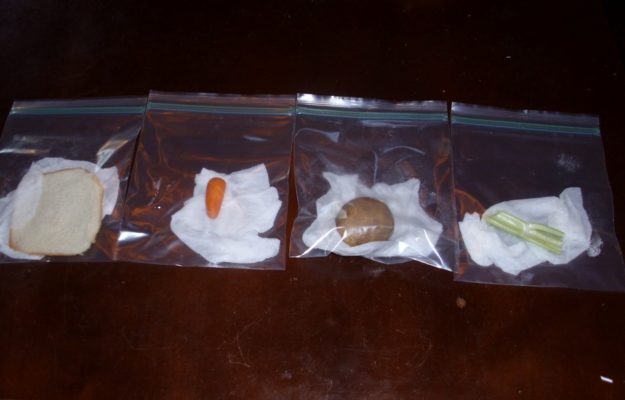
Pictured above: Growing Gunk – Fungus, a work in progress
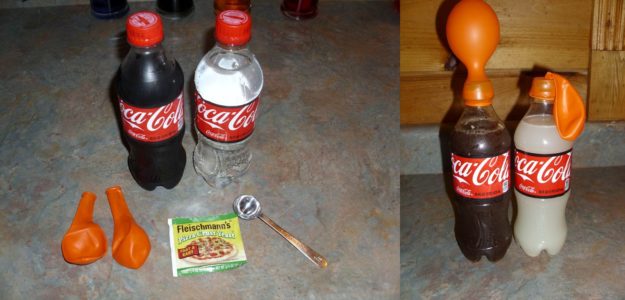
Pictured above: Growing Gunk – Fungus feeds on sugar!
I sure hope we have some exciting growth to post next week! And… for those wanting an in-depth study, there’s an entire unit of Classic Elementary Life Science on CELLS (Student version | Parent Version)!
Stephen and David sketched an animal and plant cell while singing their handy-dandy cell songs.
Stephen’s animal cell:
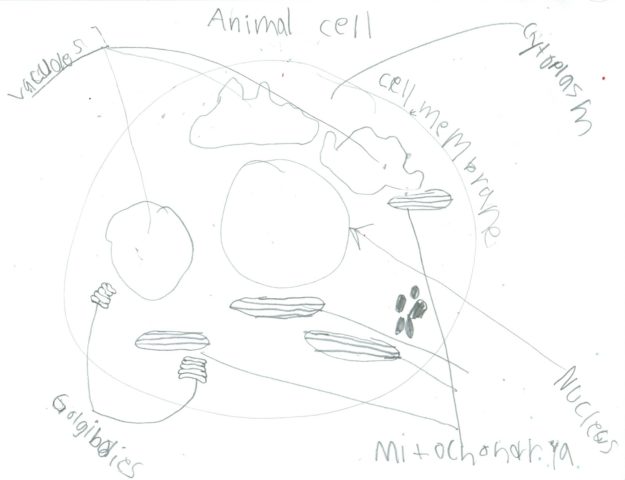
Stephen’s plant cell:
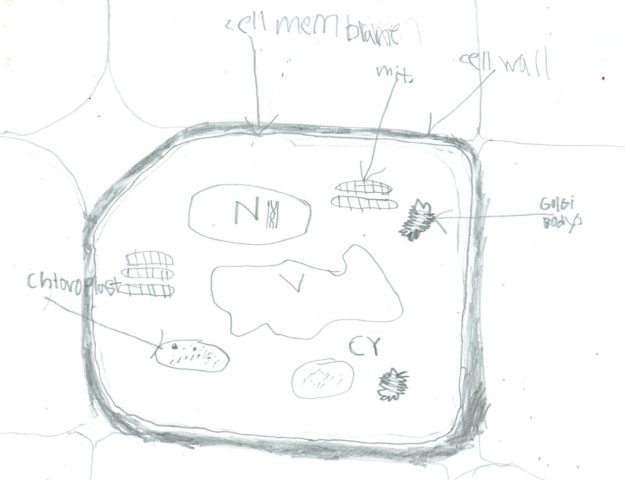
David’s plant cell:
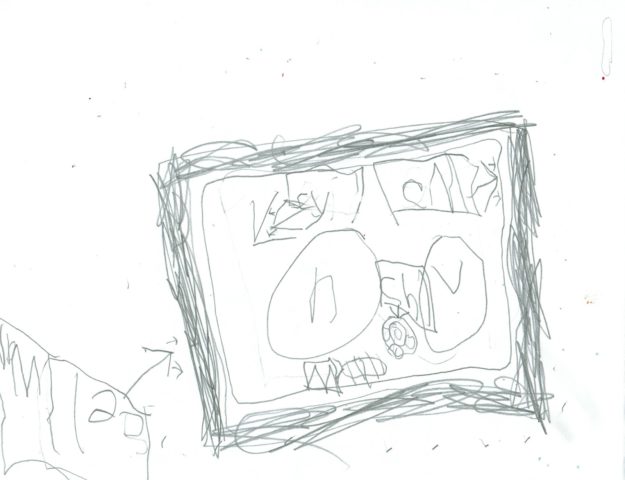
David’s animal cell:
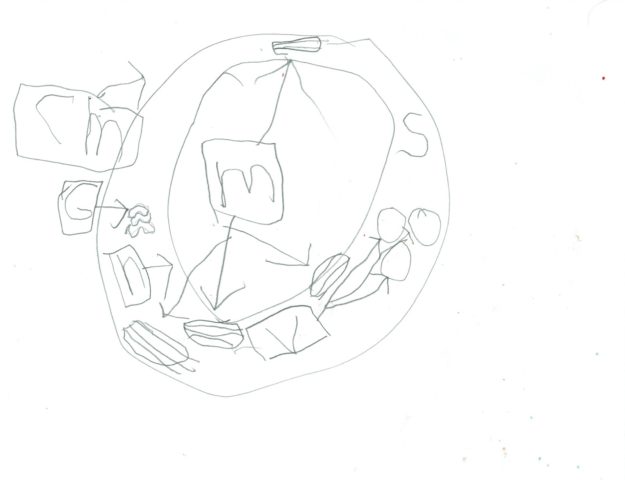
Finally, we made edible cookie cells. Only we had to improvise on almost every ingredient – because I really need to go grocery shopping right now. (By improvise, I mean the original idea called for Jello, not cookies… and every other ingredient is different, too.)
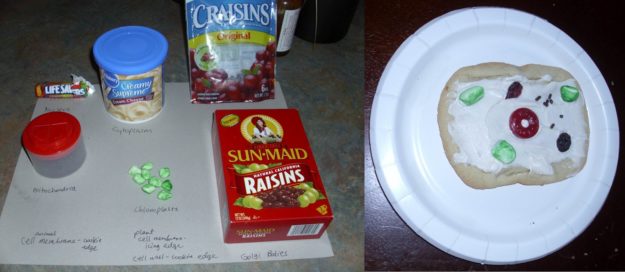
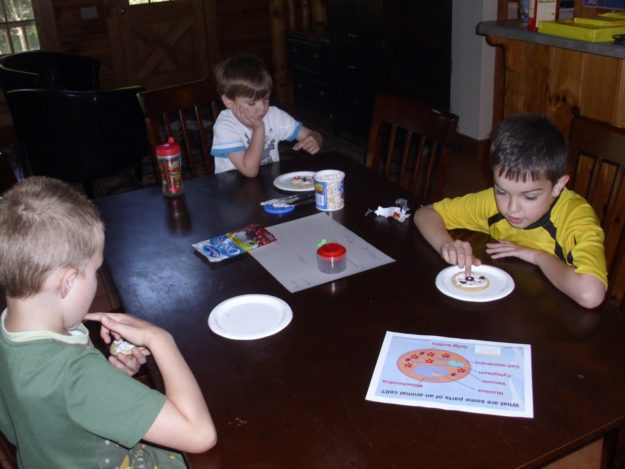
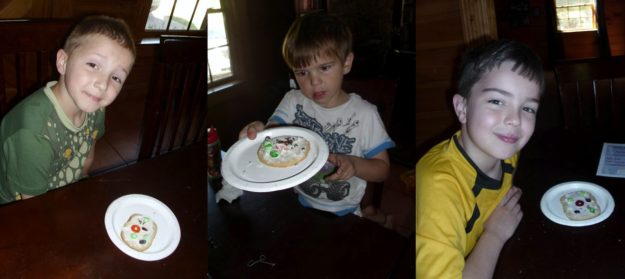
And… we took the rest of the cookies to our first soccer game this season to share with the team.
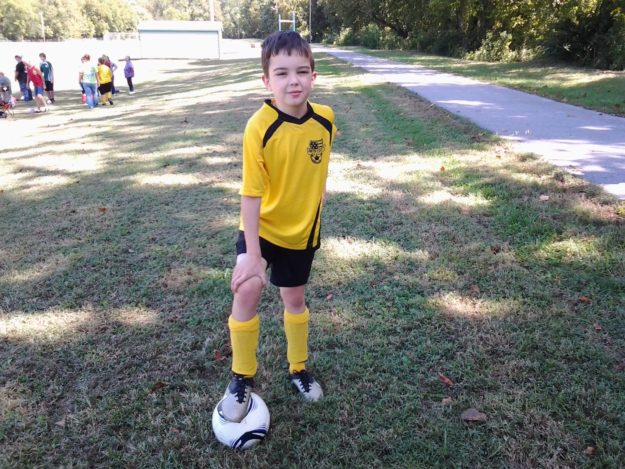
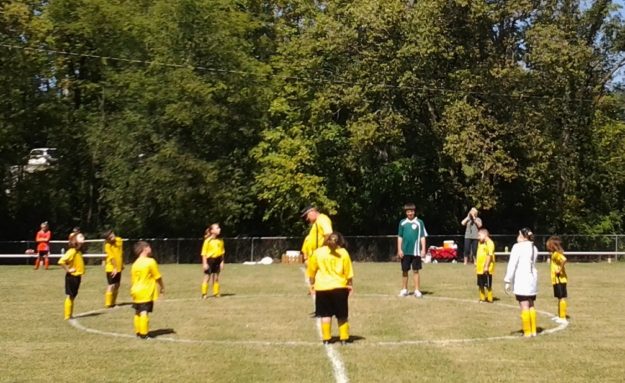
I was so busy cheering that I forgot to take photos of the actual game. 🙂

